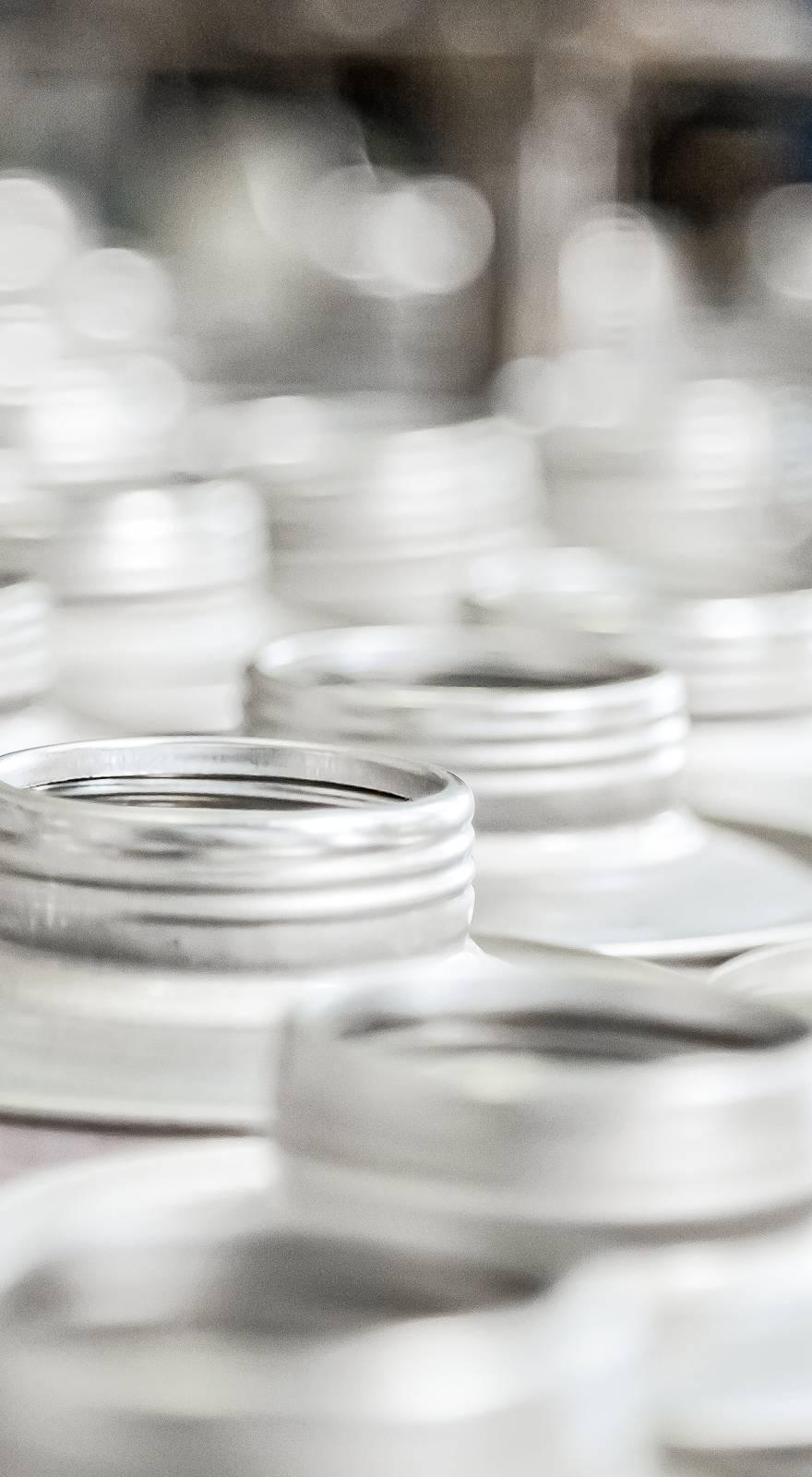Knowde Enhanced TDS
Identification & Functionality
- Chemical Family
- Product Type
- Technologies
- Product Families
Features & Benefits
Applications & Uses
- Applications
- Cure Method
- Processing
- For two component products the components A and B should be mixed carefully within the specified mixing ratio
- For filled products both components should be homogenized carefully prior mixing, in order to prevent a possible settling of the filler
- Processing should be carried out rapidly after mixing the components as an indication the pot life can be used
- Surfaces should be clean, thus free of dirt, grease, oil, dust or process chemicals
- One component products can be applied directly and are not subject to a pot life (except pre mixed/frozen products)
- Please take notice of respective minimum curing temperature and time
Properties
- Physical Form
- Typical Properties
- Cured Properties
- Uncured Properties
- Note
*Curing temperatures refer to the temperature in the respective bond line. When choosing the respective curing conditions, the time needed to heat the substrate has to be considered. Depending on the type of heat source (convection oven, hot stamp, heating plate) the heat input may vary.
| Value | Units | Test Method / Conditions | |
| Curing Time (100°C) | 30.0 | Minutes | — |
| Curing Time (23°C) | 24.0 | Hours | — |
| Curing Time (80°C) | 60.0 | Minutes | — |
| Curing Temperature | min. 15 | °C | — |
| Value | Units | Test Method / Conditions | |
| Coefficient of Thermal Expansion (<Tg) | 38.0 | ppm | ISO 11359-2 |
| Coefficient of Thermal Expansion (>Tg) | 145.0 | ppm | ISO 11359-2 |
| Degradation Temperature | 300.0 | °C | TM 302 |
| Dielectric Strength | min. 10 | kV/mm | TM 402 |
| Elongation at Break | 1.1 | % | TM 605 |
| Glass Transition Temperature (Tg) | 70 - 80 | °C | TM 501 |
| Hardness | 85.0 | Shore D | DIN EN ISO 868 |
| Lap Shear Strength (Al/Al) | To Be Determined | N/mm² | TM 604 |
| Loss Factor | 0.022 | — | Ring Resonator |
| Permittivity | 3.68 | — | Ring Resonator |
| Temperature Resistance Continuous | -55 to 180 | °C | TM 302 |
| Temperature Resistance Short Term | -55 to 250 | °C | TM 302 |
| Tensile Strength | 46.0 | N/mm² | TM 605 |
| Thermal Conductivity | 0.8 | W/m.K | TM 502 |
| Water Absorption (24h, 23°C) | 0.1 | % | TM 301 |
| Young Modulus | 7700.0 | N/mm² | TM 605 |
| Value | Units | Test Method / Conditions | |
| Chemical Basis | Epoxy | — | — |
| Consistency | Flowable paste | — | TM 101 |
| Density (A-Part) | 2.1 | g/cm³ | TM 201.2 |
| Density (B-Part) | 0.95 | g/cm³ | TM 201.2 |
| Density (Mix) | 1.8 | g/cm³ | TM 201.2 |
| Particle Size | max. 50 | μm | — |
| Mixing Ratio (Volume) | 1900-01-03T04:27:00+00:00 | — | — |
| Mixing Ratio (Weight) | 1900-01-03T04:13:00+00:00 | — | — |
| Number of Components | 2.0 | — | — |
| Type of Filler | Aluminiumoxide | — | — |
| Viscosity Mix (84s⁻¹, 23°C) | 4000.0 | mPa.s | TM 202.1 |
| Viscosity A-Part (84s⁻¹, 23°C) | 60000.0 | mPa.s | TM 202.1 |
| Viscosity B Part (84s⁻¹, 23°C) | 15.0 | mPa.s | TM 202.1 |
Packaging & Availability
- Standard Pack Sizes
- 250 g, 500 g
- 1 kg, 25 kg
- Customized Packaging
- Also available as pre-mixed frozen product
Storage & Handling
- Pot Life (15g Mixture, 23°C)
- 6 Hours
- Storage Stability (23°C)
- 12 Months

